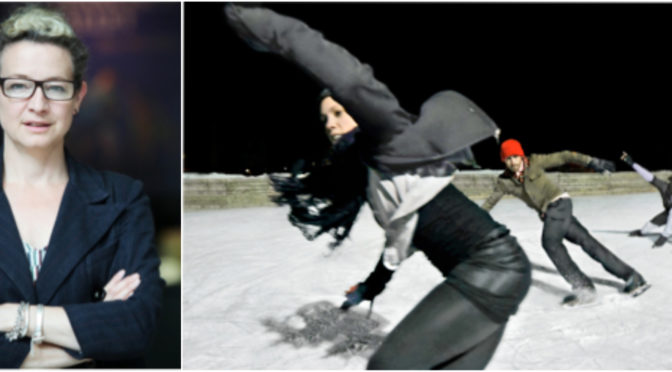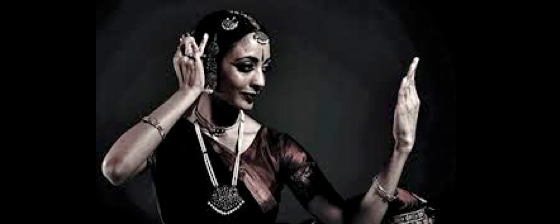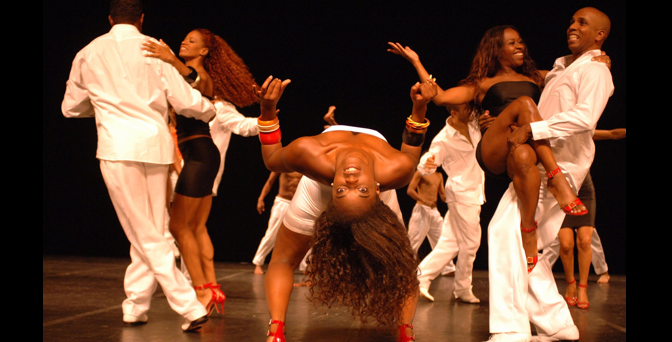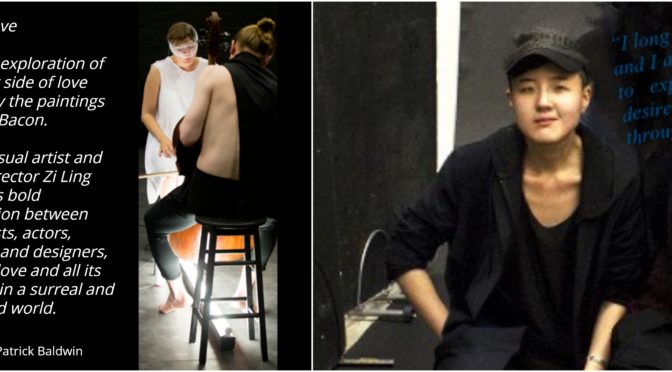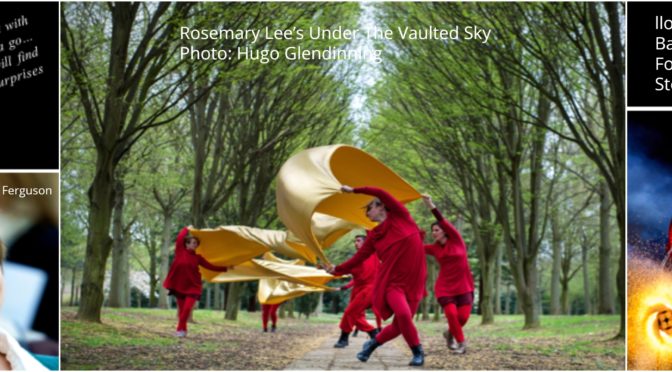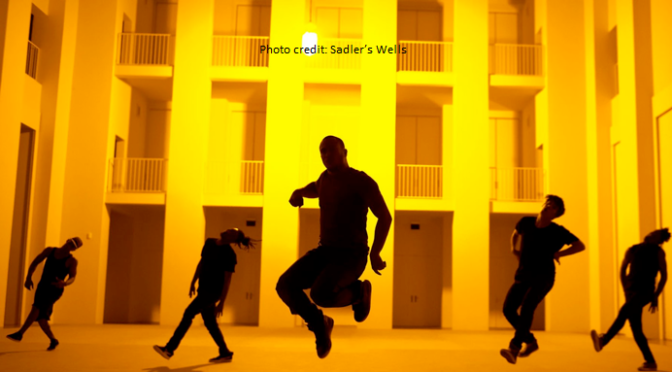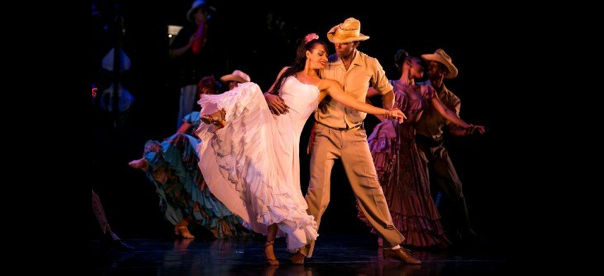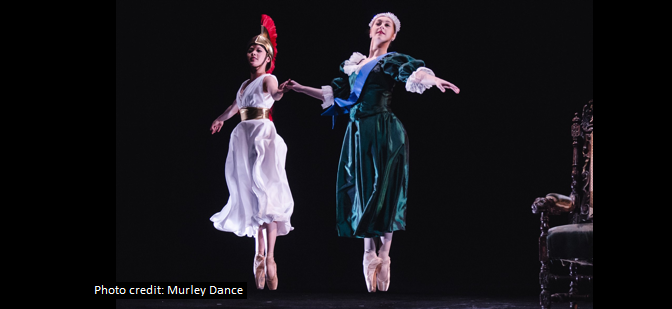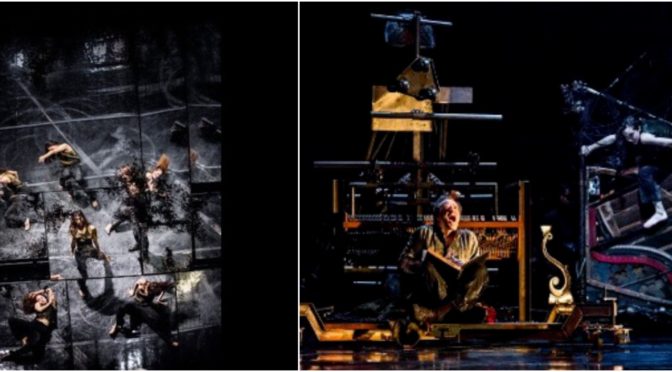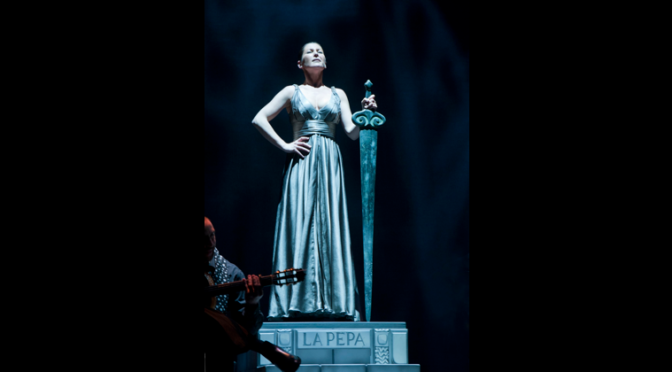What made you choose Dance Umbrella after Sadler’s Wells?
After working in venues for many years I was excited about the thought of programming work outside of a venue. It means I can look at the work first, and then find the best place for it, which is a nice way to work. It also felt a good time to run my own show, so to speak.
What is your fondest memory from your tenure at Sadler’s Wells?
The people. Both on and off stage. Its just a great place to work, with a lot of energy, and ideas, with everyone working at full tilt. The Artistic Director Alistair Spalding has an open door policy – literally – which creates a confidence in the staff and with all the artists he works with.
You have danced for 20 years before producing, did you at any point think of continuing as a choreographer?
Being a dancer is very different from choreographing, even when you are working closely with a choreographer to generate material, so I can say quite clearly I have never seen myself as a choreographer. I just don’t have that kind of brain. The choreographers I know wake up with dances in their heads that they want to make. I wake up having dreamt of running about with no clothes on unable to find the audience, the stage, the technical team… Creative, I hope so, yes, like anyone who tries to do their job well, but that’s a slightly different thing.
Tell us about your association with Mathew Bourne and Adventures In Motion Pictures.
We met at college and set up Adventures in Motion Pictures with David Massingham (currently Director of DanceXchange in Birmingham) after we left. I ran it with him for three years, when we were a repertory company. When I look back I realise I was programming and producing then just as I am now, while he was choreographing his way to fame and glory. We keep in touch. I think what he has achieved is utterly extraordinary.
Dance Umbrella 2014 is your first festival after taking up your position as Artistic Director and Chief Executive. What is the one unique Emma Gladstone touch to the festival this year?
Mmn. That’s hard. Feel there is a lot that I could mention because programming is such a personal thing to do, and anyone new in a job will bring something different. But if you pushed me I would name an alternative way of looking at the body in motion, as flamenco, hip hop, and ice skating are all in the festival for the first time. These shows are running alongside choreography you might more normally define as contemporary, and I am excited to see what audiences make of them. They are all exploring new ways of creating meaning through movement.
When choosing the line- up for the festival what did you look out for?
So often I am guided simply by the people involved. There is always something about them or their work that speaks to me, that helps us look at the world from another angle, and intensifies life. Having said that there are a key set of criteria that guide me artistically, and then there are pratical things such as getting out and about around the city, having a good range of styles, and making sure there is work for a range of people. I love programming work for children. They are such great audiences.
Would you consider in future to partner with a non-arts organisation, say a corporate house and open up to non- professional dancers who have the creative talent and are willing?
Pretty much all we do is about partnerships in some way, so yes is the answer to the first question. This year we are going to 14 venues in 11 boroughs, and we could not do that without strong partnerships with people. And yes again to working with non-professionals. Without a doubt. Dance Umbrella has done this quite a bit in the past, with choreographers including Rosemary Lee and Lea Anderson among others, and we have plans to do the same in future.
Do you see Dance Umbrella, the October festival spreading across the globe, hosted by different countries under the same banner?
Always up for a bit of global domination. Dance Umbrella Moving London / Moving Rio / Moving Delhi / Moving Tokyo…. let go…
How would you like to see contemporary 21st century dance evolve?
Cross right over onto theatre stages. Think there are many folk who would go to see a theatre show but never think of going to see a dance show. I want to see if we can shift that thinking through the strength of the work we present.
What is Dance Umbrella’s next big project?
A big music and dance night we are cooking up. Watch this space.
Protima Chatterjee

